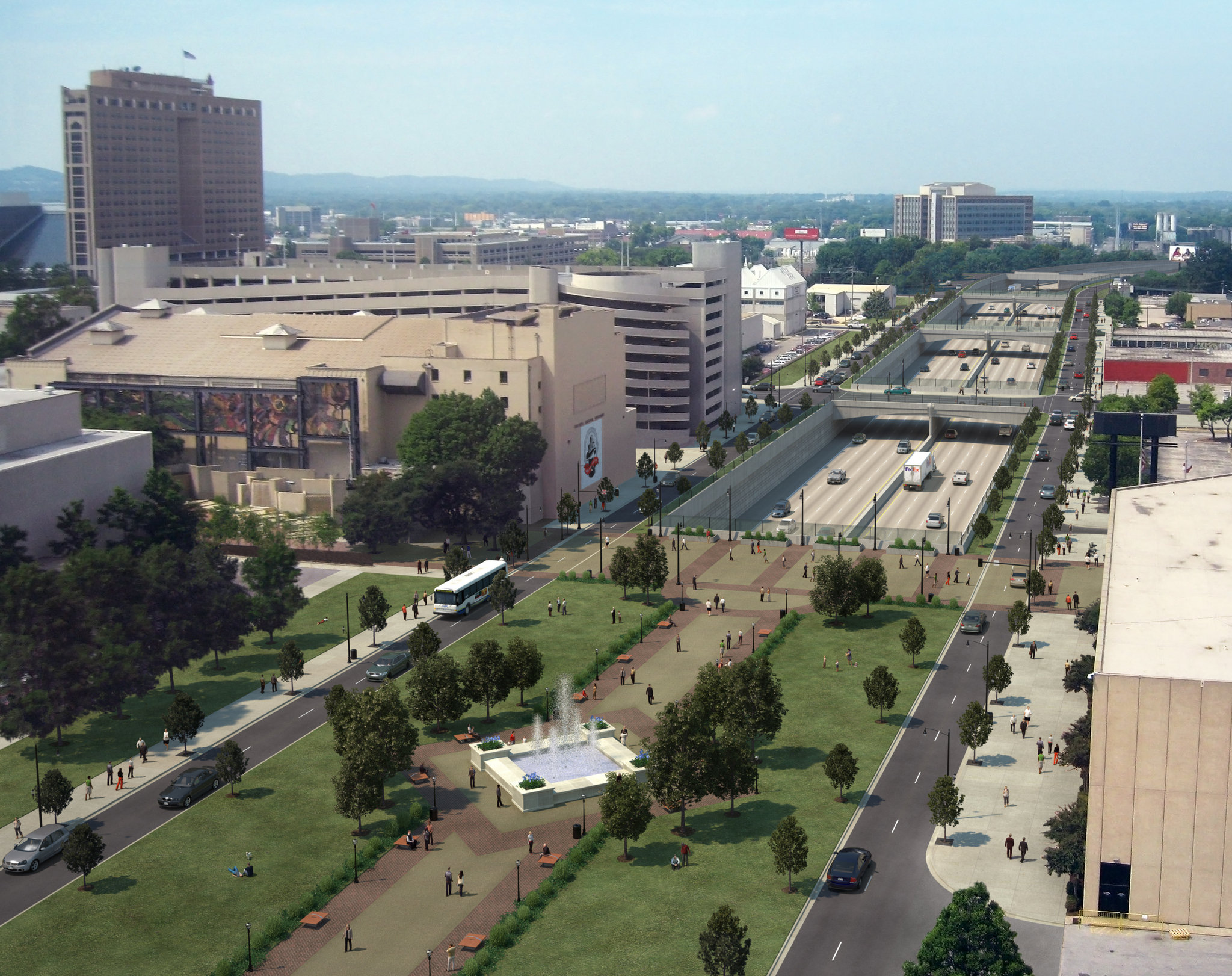Burying the Interstate
Shelton McCollough2018-11-21T15:40:09+00:00Space Constraints
The greatest issue to overcome is space. While there is sufficient width between existing buildings for the road itself, the space is insufficient to accommodate full shoulders, or to actually dig the trench – working slopes would be required, causing the “dig” to get underneath numerous adjoining buildings, weakening their foundational support. Additionally, once completed, it would be impossible to expand the roadway at a future date to accommodate the capacity requirements associated with the projected 20-year traffic growth.
Utility Relocation
There are a total of 72 major artery utility lines running beneath the 6,600-foot span of the interstate, comprised of […]





